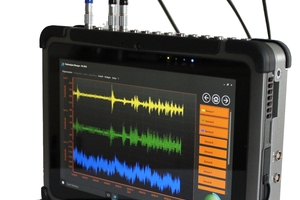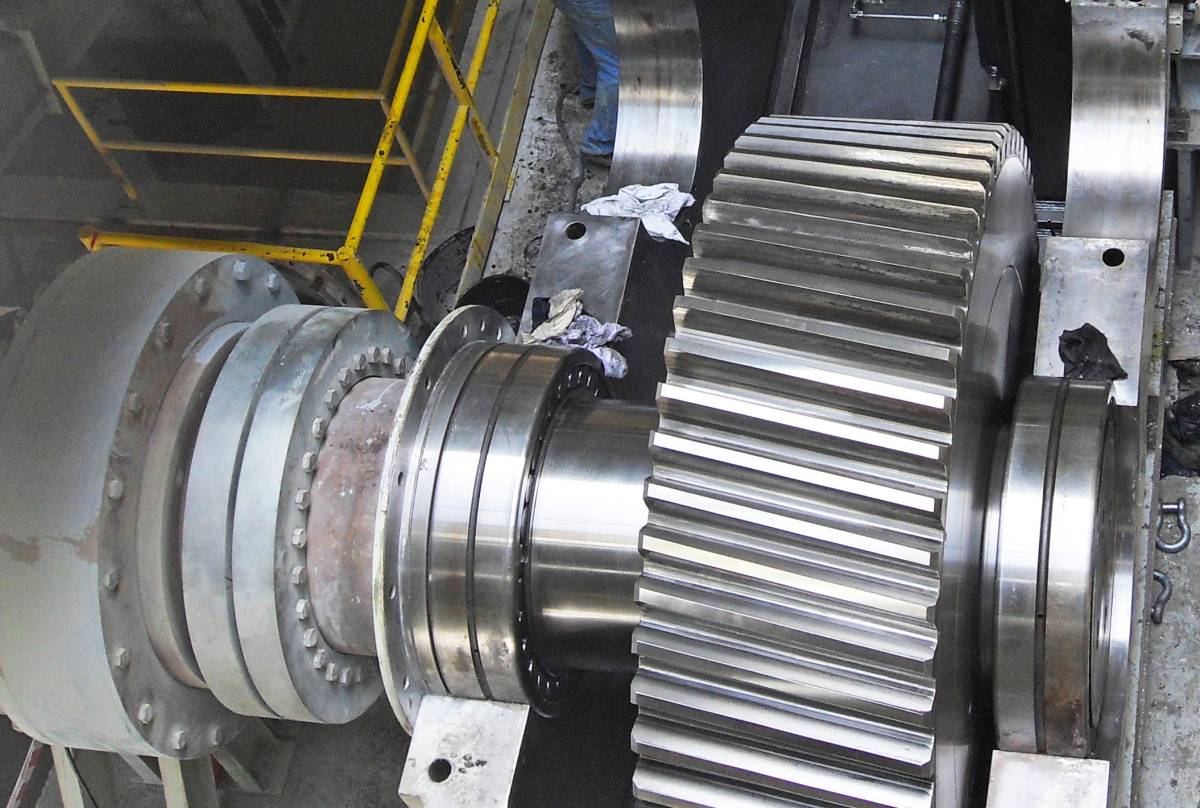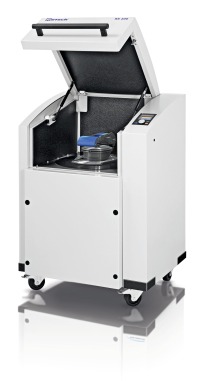Increased availability through vibration diagnostics on mechanical drives
The fact that defective drives generate different vibrations than intact ones should have been known for centuries. In the 1960s, one of the first standards on the subject was created with VDI Guideline 2056. In the early 1990s, frequency-selective machine diagnostics became established. While the techniques were known before, there was simply a lack of affordable portable technology. Higher resolution in spectra and more and more variable speed drives led to the need for diagnostics in order spectra starting in the 2000s. At about the same time, algorithms for automating machine diagnostics were gaining acceptance; because only automated systems that operate with little manpower will achieve acceptance for mass use of machine diagnostics.
GfM offers both online condition monitoring systems, which are permanently installed on the drive and monitor the drive for the occurrence of mechanical irregularities without further human intervention, and mobile systems, which can be used to monitor entire machine parks on a recurring basis.
The systems work throughout on the basis of vibration signals recorded at 50 kHz, which are processed by resampling into order spectra with at least 32000 lines. Automatic diagnosis is then performed by detecting significant spectral components, for which an attempt is then made to assign them to a damage pattern on the basis of the kinematic frequencies. Only when this is successful do the systems provide a detection that is the basis for a subsequent alarm.
Especially in the field of relevant damage patterns, GfM has learned a lot in the last decades and implemented this knowledge into the systems. Whereas in the 1990s the search was often limited to calculable kinematic frequencies, or multiples thereof, it is now known that some types of damage only manifest themselves in higher-harmonic families of kinematic frequency. Also, slow runners behave differently from fast runners.
Due to this knowledge, which is bound in fixed algorithms, the systems of GfM impress by extremely high reliability, which also causes the fact that the number of false alarms is extremely low. Finally, the latest achievement is an automatic report generator. In the mobile system, a module for multi-level operational balancing at variable speed has also been added.






